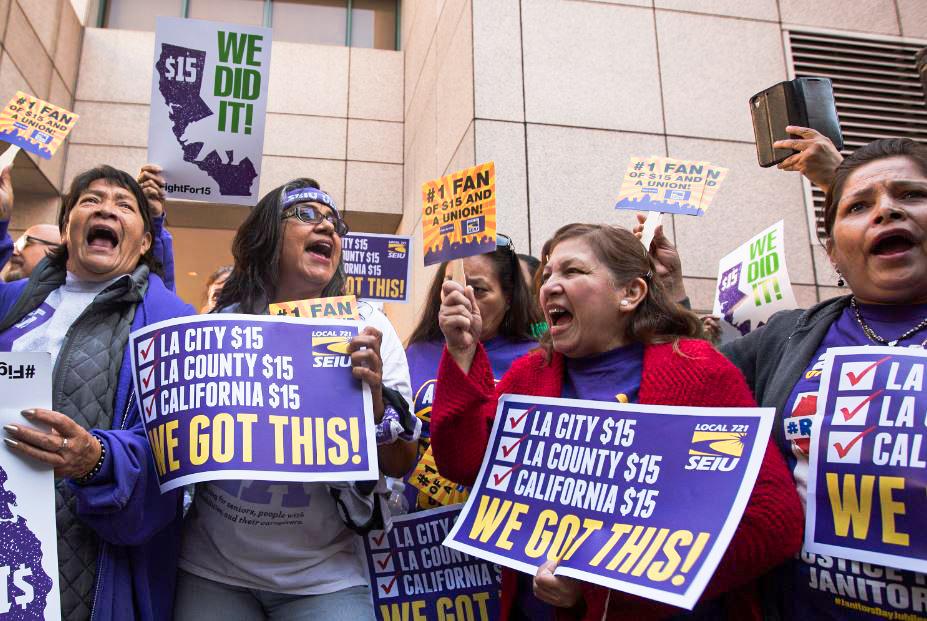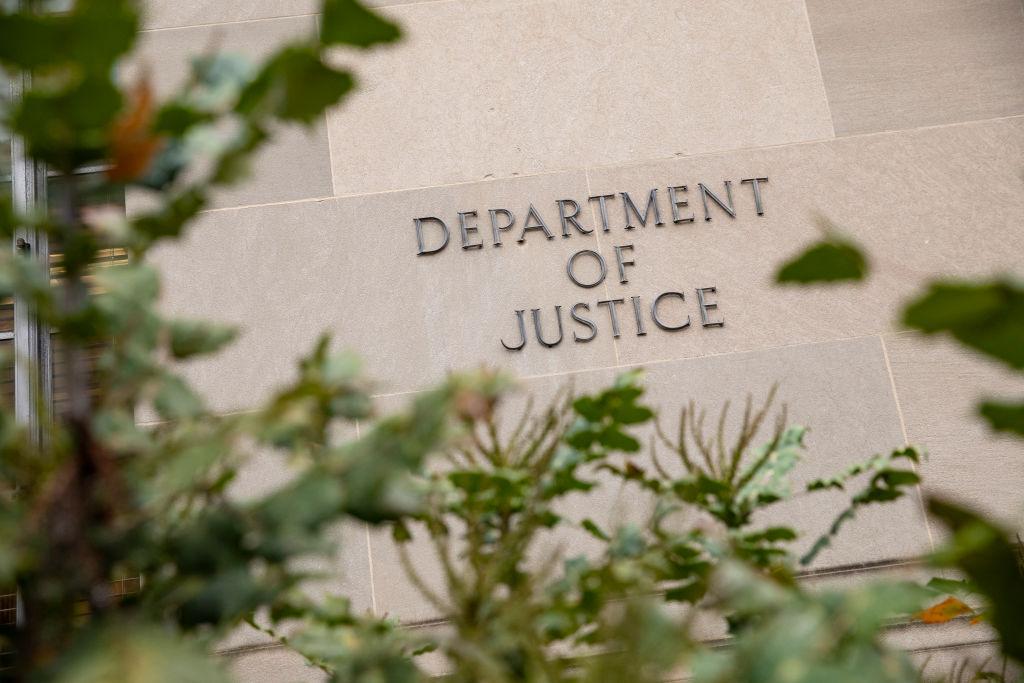Effective Jan. 1, 2022, California’s minimum hourly wage increased to $15 for employers with 26 or more employees and $14 for employers with 25 or fewer employees—the highest hourly wage in the nation.
In 2016, former Gov. Jerry Brown approved Senate Bill 3, a “new minimum wage phase-in requirement” that incrementally increased employees’ hourly income by $1 per year until reaching the $15 cap.





